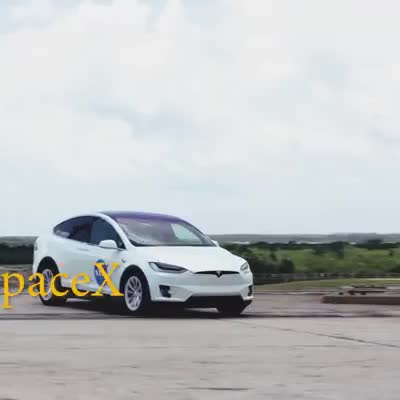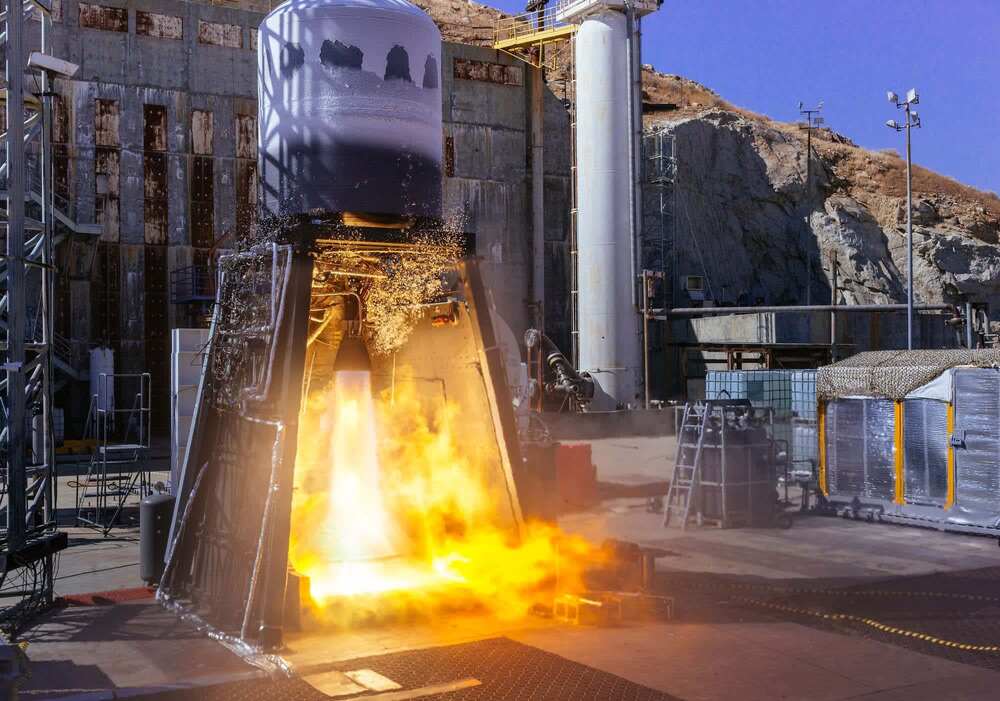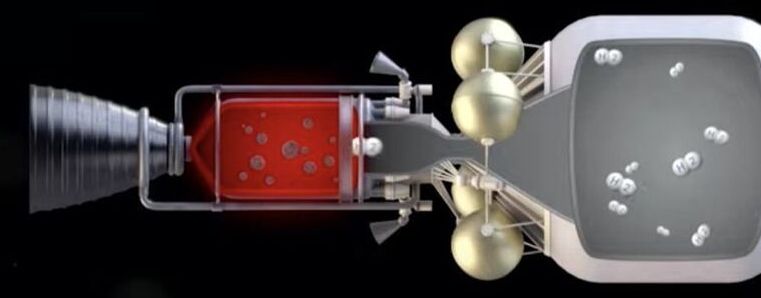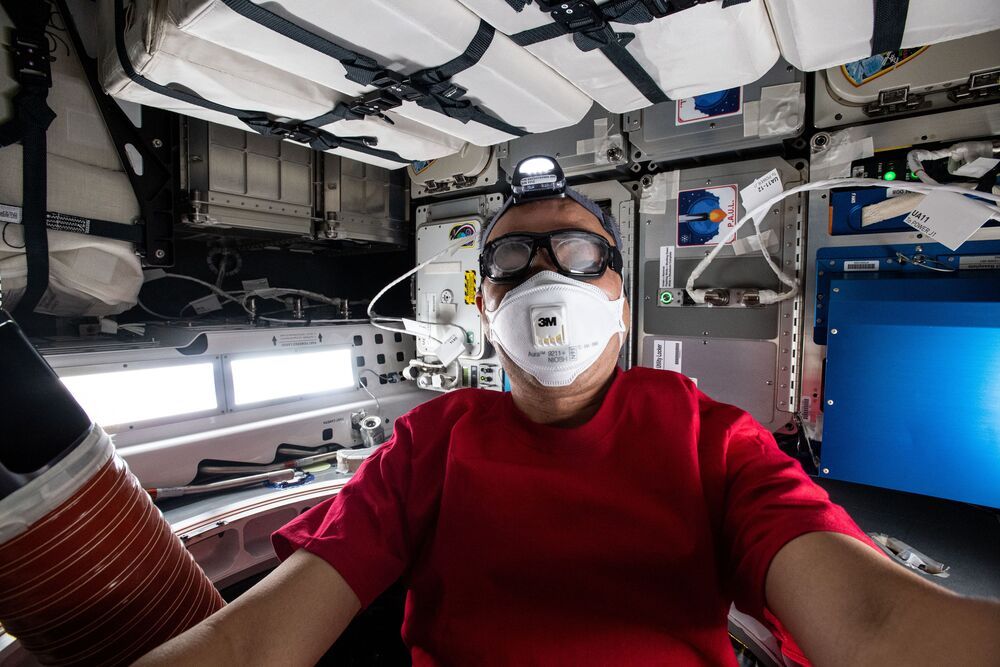The capsule will bring back science experiments from the International Space Station.
Tampa will take part in some Florida space history Wednesday night as the SpaceX Dragon 2 will splash down from space just west of Tampa Bay.



The Rise of # SpaceX Elon Musk’s Engineering Masterpiece.
Elon Musk’s company SpaceX is building a vehicle that could transform space travel.

EL SEGUNDO, California — Rocket building startup ABL Space, founded by veterans of SpaceX and Morgan Stanley, is in the final stretch of preparations for its inaugural launch from Vandenberg Air Force Base.
“We’re tracking toward vehicle readiness in March,” ABL president and CFO Dan Piemont told CNBC on Monday during a tour of the company’s Los Angeles-area facilities.
“We’re working on the last bits of scheduling with the [Vandenberg launch] range. We do think that could push us into Q2, so right now no earlier than March but no later than June is the plan,” Piemont added.

An update on the Green Run hot fire test for Artemis I, a commercial cargo spacecraft leaves the space station, and innovative ideas for exploring unexplored areas of the Moon … a few of the stories to tell you about – This Week at NASA!
Download Link: https://images.nasa.gov/details-An%20Update%20on%20the%20Gre…08,%202021
Producer: Andre Valentine.
Editor: Sonnet Apple.
Music: Universal Production Music


